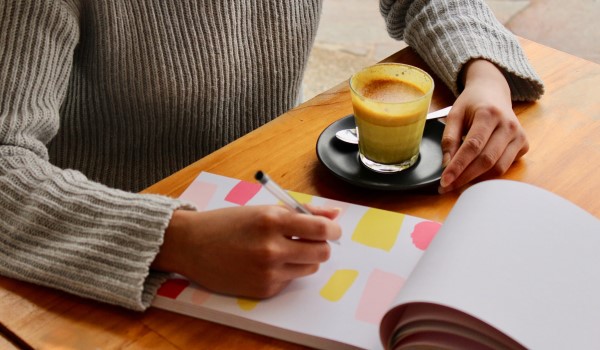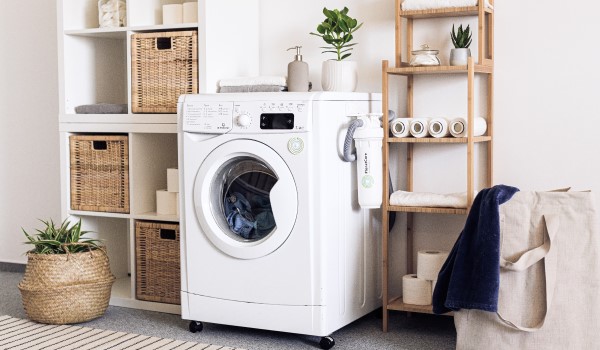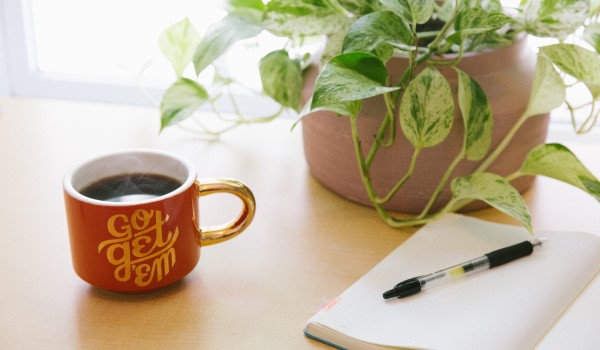Creative ways to budget
13.10.2023Spreadsheets aren’t for everyone – which is why we’ve teamed up with a bullet journal influencer to take a look at visual tracking, helping take the guesswork out of your day-to-day spending.
Read More



Browse savings guides and articles, listen to our podcast and read testimonials along with the latest Beehive news, best served with a good cup of tea (and a biscuit too).

Spreadsheets aren’t for everyone – which is why we’ve teamed up with a bullet journal influencer to take a look at visual tracking, helping take the guesswork out of your day-to-day spending.
Read More

If you’ve paid into multiple pension pots you could consider consolidating your pensions to make life easier.
Read More

Learn how to make your home more energy efficient and eco-friendly with our guide at Beehive Money.
Read More

Pensions, retirement and getting older – they're all things we try to sweep under the rug but saving for the future is important. Here’s the lowdown on the basics for saving for retirement.
Read More

From tax to disposable income, here are our money management tips that could be helpful if you're self-employed.
Read More

Dreaming of your next holiday? We’ve rustled up some of our best tips to help you save for, and on, your next trip away.
Read More

Organising your finances can be a big task but getting a budget in place is the first step to seeing what you can save and spend without going beyond your means. Using a downloadable budget planner can help.
Read More

The State Pension is currently worth a maximum of £179.60 per week. If you don’t think that you can survive on just that, here’s how you can maximise your retirement income.
Read More

Saving money can be a slow process, but it doesn’t need to be that way. Find expert tips for saving money fast on Beehive Money.
Read More

From water meters to heating timers, here are some ways you can save on your energy bills.
Read More